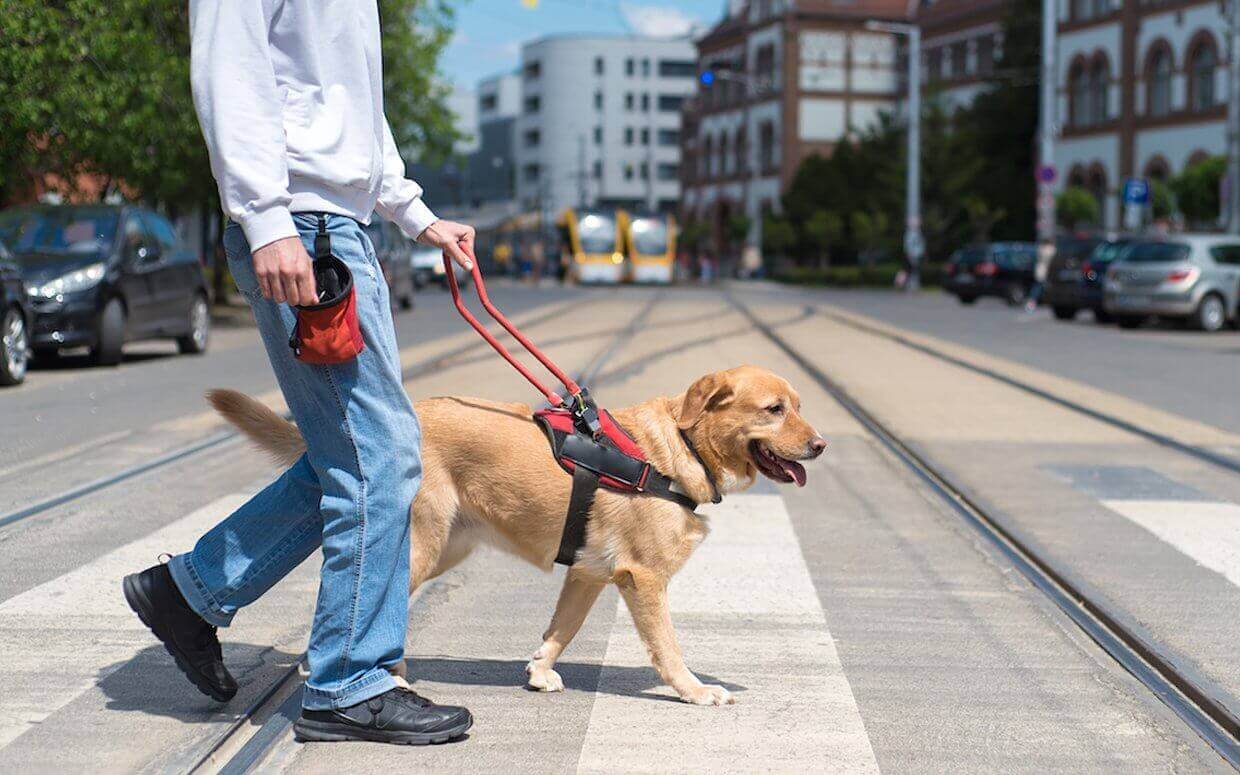 Service dogs are incredible companions that provide invaluable support to individuals with disabilities. From guiding the visually impaired to providing assistance to those with mobility challenges or medical conditions, these remarkable animals play a crucial role in enhancing the quality of life for their owners. However, the cost of obtaining and training a service dog can be a significant concern for many individuals and families. In this blog post, we’ll explore the factors that contribute to the cost of service dogs and provide insight into the financial considerations involved in welcoming these exceptional animals into your life.
Service dogs are incredible companions that provide invaluable support to individuals with disabilities. From guiding the visually impaired to providing assistance to those with mobility challenges or medical conditions, these remarkable animals play a crucial role in enhancing the quality of life for their owners. However, the cost of obtaining and training a service dog can be a significant concern for many individuals and families. In this blog post, we’ll explore the factors that contribute to the cost of service dogs and provide insight into the financial considerations involved in welcoming these exceptional animals into your life.
The cost of a service dog can vary widely based on several factors. First and foremost, the type of assistance the dog will provide greatly influences the overall expense. Service dogs are trained to perform a wide range of tasks, including guiding individuals with visual impairments, alerting to seizures, retrieving items, and providing emotional support. The specialized training required for these tasks demands a considerable investment of time and resources, thereby impacting the total cost. Furthermore, the breed of the dog, its age, and the specific training program it undergoes all contribute to the final price tag.
When considering the cost of a service dog, it’s important to recognize that the expenses extend beyond the initial acquisition. In addition to the purchase or adoption fee, prospective owners must also account for ongoing care, including veterinary expenses, grooming, and specialized equipment such as harnesses or vests. Furthermore, regular training and re-certification are essential to maintain the dog’s skills and ensure its ability to perform its designated tasks effectively. These ongoing costs should be factored into the overall budget for owning a service dog.
The process of obtaining a service dog involves thorough assessment and matching to ensure compatibility with the recipient’s needs. This personalized approach contributes to the overall cost, as it involves the expertise of trainers, behaviorists, and other professionals. Additionally, the rigorous training process, which can take several months to years, demands a significant investment of time and resources. Trainers work diligently to instill the necessary skills and behaviors in the dog, preparing it to meet the specific needs of its future owner. As a result, the cost reflects the expertise and effort involved in this comprehensive training process.
It’s important to acknowledge that the cost of a service dog represents a substantial financial commitment. However, it’s crucial to view this investment in the context of the life-changing support and companionship that these animals provide. For individuals and families in need of assistance, the impact of a well-trained service dog often outweighs the initial expense. Through their unwavering dedication and remarkable abilities, service dogs bring immeasurable value to the lives of those they serve.
In conclusion, the cost of obtaining and training a service dog can be a significant consideration for individuals and families seeking support for disabilities. The expenses associated with acquiring a service dog encompass not only the initial purchase or adoption fee but also ongoing care, training, and personalized matching. While the financial commitment is considerable, it’s important to recognize the invaluable support and companionship that service dogs provide to their owners. Ultimately, the cost of a service dog reflects the expertise, dedication, and life-changing impact of these remarkable animals.[/fusion_text]

